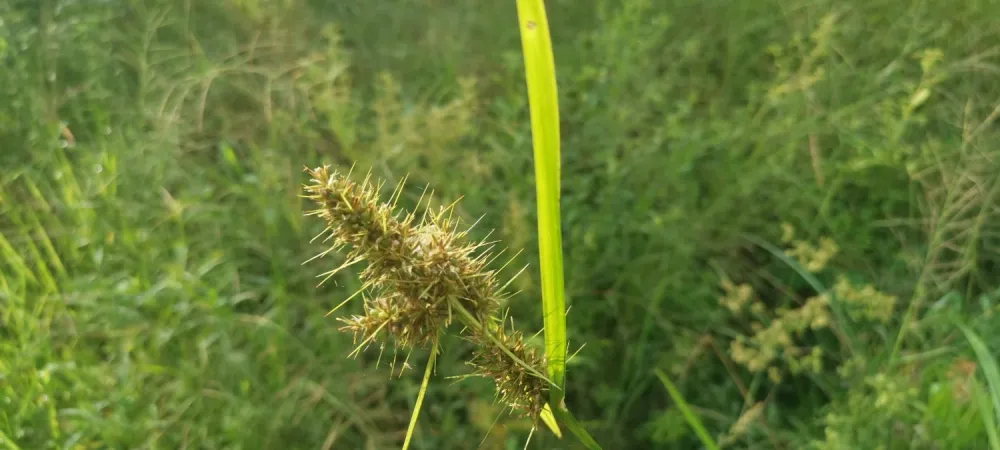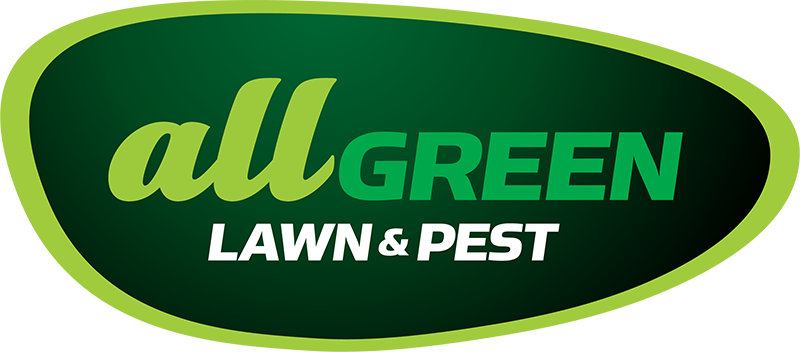When Nutsedge Invades Your Grass

Summers in Oklahoma City can bring heat, humidity, and, unfortunately for homeowners, the sudden appearance of a tough, wiry weed called nutsedge. If you’ve noticed bright green grass that seems to grow faster and taller than the rest of your lawn, there’s a good chance it’s nutsedge. This weed spreads quickly and takes root deep in the soil, making it one of the harder invaders to get rid of once it shows up.
Nutsedge isn’t just a cosmetic issue. It chokes out healthy grass, makes mowing more difficult, and creates uneven patches that affect the look and feel of your lawn. Left alone, it can mess with the balance of your turf and make it harder for desirable grass to thrive. Taking early action and having the right weed control strategy in place is the best way to stop it from taking over your yard completely.
Identifying Nutsedge
The first step in dealing with nutsedge is to know what you’re looking for. It might seem like a harmless patch of grass at first, but a closer look will tell a different story. Nutsedge stands out because of its color. It’s a brighter, shinier green compared to standard turfgrass. Instead of flat blades like most grasses have, nutsedge leaves are V-shaped and grow in sets of three from the base, creating a triangle-like stem.
You might have to get down close to see it, but once you spot those three-sided stems, you've found your culprit. Another clue is its growth speed. Nutsedge often grows faster than the rest of the yard, making it clearly visible just a few days after mowing. The leaves tend to stick straight up, which adds to the unnatural look.
Pay attention to where it pops up too. Nutsedge usually shows up in damp or compacted areas of your lawn—low spots, near irrigation systems, or places with poor drainage. If your lawn feels spongy or stays wet longer than it should, those are conditions where nutsedge can thrive. Catching it early makes it easier to manage before it spreads out of control.
Causes Of Nutsedge Infestation
Nutsedge doesn't need a lot of help to get going. Once it finds the right conditions, it can quickly spread and take over large areas. Understanding what encourages nutsedge growth can help you make changes that discourage it before it gains traction.
Here are some reasons nutsedge might be showing up in your lawn:
- Too much moisture: Poor drainage, heavy rain, or frequent watering can lead to damp soil that nutsedge loves.
- Compacted soil: Packed or dense soil creates weak turf areas where weeds like nutsedge can easily move in.
- Thin grass coverage: If your lawn has bare or patchy spots, nutsedge can take advantage of the lack of competition.
- Soil disturbance: Things like digging, aeration, or past construction work may bring nutsedge tubers closer to the surface.
Oklahoma City’s intense summer heat often leads to extra watering, especially during dry spells. You might think you're helping your lawn stay green, but those soggy areas become perfect places for nutsedge to thrive. Keeping an eye on how and when you water can prevent those trouble spots from attracting weeds.
You don’t need to redo your whole lawn to keep nutsedge away. Simple changes like improving drainage, testing your soil, and keeping a thick ground cover with the right mix of grass can make a huge difference. A healthier, fuller lawn creates an environment that’s harder for weeds to invade in the first place.
Treatment Options For Nutsedge
Getting rid of nutsedge takes more than pulling it out by hand. It’s stubborn, and its roots run deeper than most turf grasses. Left alone even briefly, new shoots will pop up before you know it. If you're serious about stopping it, the right herbicide is a must.
Look for herbicides that specifically target sedge weeds. These products are made to tackle nutsedge without damaging your lawn. Always read the label before applying to make sure it’s safe for your grass type. Some non-selective herbicides might take care of nutsedge too, but they can also harm healthy grass if not used properly.
Timing your treatment makes a big difference. The best time to go after nutsedge is when it’s young and actively growing in late spring and early summer. Here’s how to make your application count:
- Apply herbicide when the weather is dry and calm, to avoid drift or dilution from rain.
- Spray directly onto the nutsedge leaves, being careful not to oversaturate.
- Avoid mowing right before you spray, so there's more leaf surface for the herbicide to absorb.
If you've tried these steps and nutsedge keeps coming back, it might be time to call in the pros. Professional weed control in Oklahoma City can bring the expertise and products needed to handle serious infestations. Experts can make sure the application is targeted, thorough, and done at the right time for long-term success.
Long-Term Prevention Strategies
Once you’ve treated nutsedge, the goal is to stop it from coming back. A strong, well-maintained lawn is the best way to block future weed growth. Most types of turfgrass can naturally limit weeds when they’re thriving.
Try these strategies to keep your grass ahead of nuisance weeds:
1. Proper mowing: Set your mower at the right height for your specific grass type. Cutting too short can weaken your lawn and invite weeds.
2. Balanced watering: Overwatering can lead to soggy areas that promote nutsedge. Water less frequently but more deeply to build strong roots.
3. Aerate the soil: Regular aeration helps reduce compaction and allows better water flow through the soil.
4. Inspect often: Walk your lawn frequently to catch early signs of nutsedge. Spotting new growth early is a key part of effective prevention.
Some homeowners also choose to overseed patchy areas of their yard to make the turf thicker. Dense grass leaves little room for weeds like nutsedge to take hold, which means less pressure on your lawn overall.
Keeping good habits helps in more ways than one. You’ll improve your lawn’s look and also reduce the need for harsh weed treatments over time. Staying on top of basic maintenance saves effort later.
Staying Ahead of Nutsedge for Good
Nutsedge might be sneaky, but it’s not unbeatable. Catching it early and knowing what to look for gives you a major edge. Being consistent with lawn care makes it harder for weeds to return once you’ve cleared them out.
Every lawn in Oklahoma City deals with its share of heat, rain, and soil challenges—conditions that nutsedge loves. But with the right plan, you can take away the advantages this weed depends on. Strong grass, smart watering, and timely attention all work together to keep nutsedge out of your yard.
If weeds like nutsedge keep showing up no matter what you try, it’s okay to bring in a professional. Lawn care teams that know the local conditions can craft a weed control program that actually lasts. That way, your grass stays healthy, full, and free from frustrating invaders like nutsedge.
Keep your lawn in top shape by staying ahead of nutsedge and other persistent weeds. For reliable and effective weed control in Oklahoma City, trust the team at All Green Lawn & Pest to keep your yard looking its best all year long.
